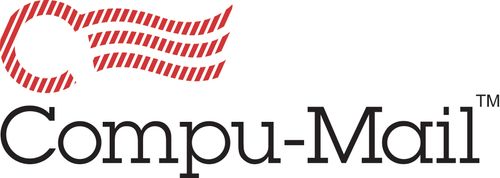Part of our series where we seek to uncover the most effective formats for your specific marketing objectives.
In direct mail marketing, selecting the right letter pack format can significantly impact the success of your campaign. Letter packs offer a versatile and personal approach to reaching your target audience, providing ample space to convey your message effectively. Factors such as your offer, target audience preferences, and campaign objectives should be considered when choosing the right format. For instance, a traditional letter format may be ideal for conveying detailed information or a personalized message. In contrast, a folded or multi-page letter pack could capture attention with its unique presentation and visual appeal.
Additionally, incorporating elements such as appealing graphics, catchy headlines, and clear calls to action can enhance the effectiveness of your letter pack. By carefully considering these factors and selecting the right letter pack format, you can maximize engagement, response rates, and, ultimately, the success of your direct mail campaign.
Direct Mail Letters- The Letter, Defined
The United States Postal Service (USPS) defines a letter as any mail piece within the following dimensions, which includes any rectangular postcard or self-mailer that fits that description. Below are the direct mail formats:
- Minimum Height: 3-1/2″ Maximum Height: 6-1/8″
- Minimum Length: 5″ Maximum Length: 11-1/2″
- Minimum Thickness: 0.007″ Maximum Thickness: 0.25″
For the sake of this article, we will refer to anything that is mailed inside of an envelope as a letter, also often referred to as a letter pack. We will also be discussing various types of direct mail formats, including the difference between self–mailers and letters, as well as reasons why the latter represent a more engaging means of consumer correspondence. We’ll also be discussing direct mail size and dimensions, direct mail letter examples, direct mail best practices, letter packet format, and more.
Letters for Direct Marketing Campaigns
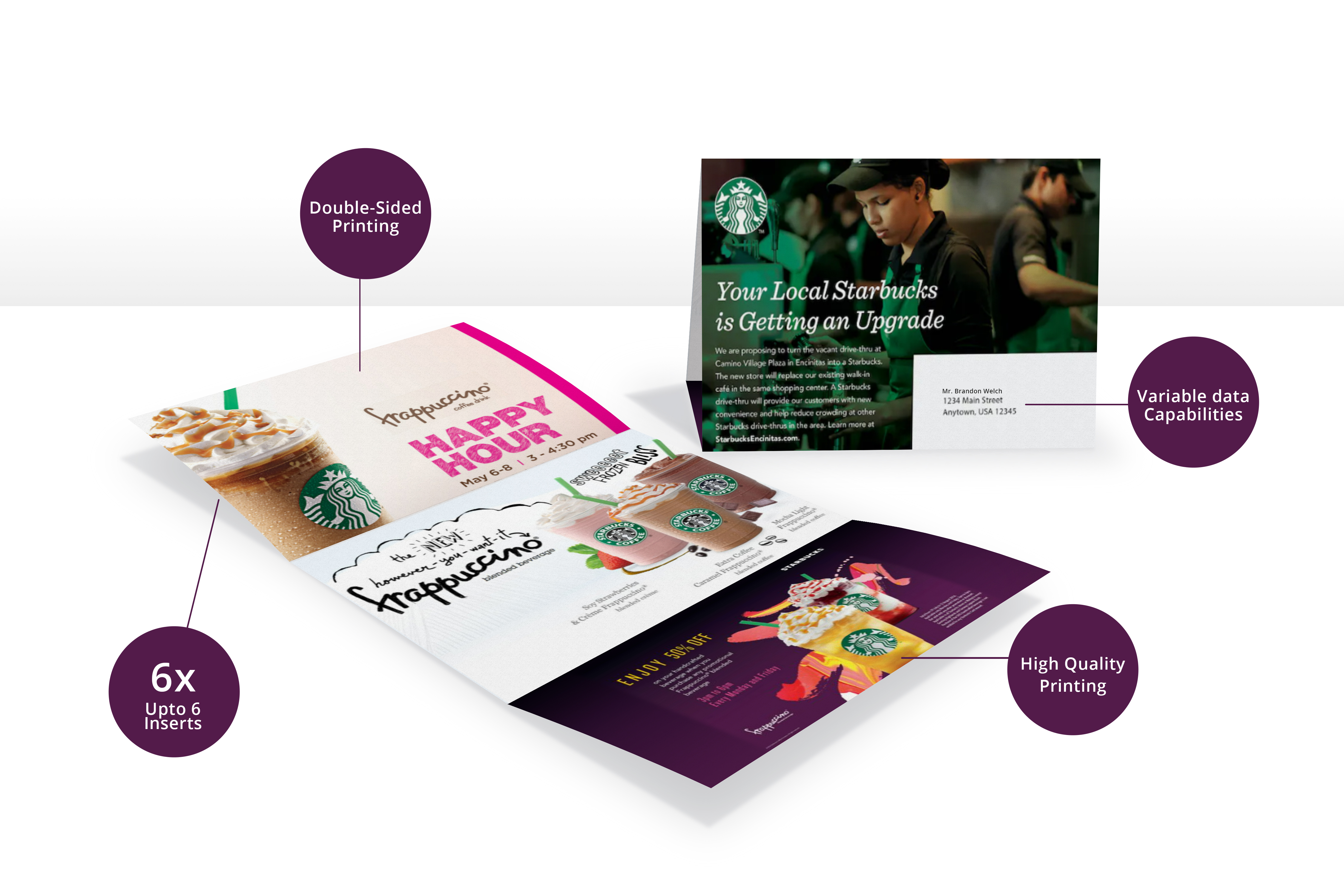
Letters lend an air of formality and sincerity to any marketing campaign. They can convey both simple, straightforward messages or a longer, more complex sales process. Letters have the power to build long-term relationships with clients thanks to their professional and personalized nature. Best of all, thanks to letters, businesses can reach out to a more focused target clientele.
How to Mail a Letter Envelope
Mailing a letter envelope is a simple process that involves a few steps:
- Prepare the Letter: Write or print the content of your letter on a piece of paper and fold it neatly to fit into the envelope. Ensure that the envelope is large enough to accommodate the folded letter without bending.
- Address the Envelope: Write the recipient’s name and address on the front of the envelope, ensuring accuracy and clarity. Include your return address in the top-left corner of the envelope to facilitate return delivery in case the letter cannot be delivered.
- Affix Postage: Determine the appropriate postage rate based on the size, weight, and destination of your letter. Purchase postage stamps from your local post office or online, and affix them to the top-right corner of the envelope.
- Seal the Envelope: Once the letter is inserted into the envelope and the postage stamps are affixed, seal the envelope securely with the adhesive strip on the flap.
- Drop Off or Mail: Take the sealed and addressed envelope to your nearest post office, mailbox, or post office dropbox. If using a mailbox, ensure that the pickup time for mail has not passed to ensure timely delivery.
- Tracking (Optional): If desired, you can request tracking or delivery confirmation services for an additional fee to monitor the status of your letter and confirm delivery.
By following these steps, you can effectively mail a letter envelope and ensure that your mail piece reaches its intended recipient in a timely manner.
Types of Direct Mail Format
There are plenty of direct mail formats to choose from when doing marketing campaigns. You’ve got your postcards, mailers with brochures, booklet mailers, catalogs, and three-dimensional mailers. They fall into two main categories: self-mailers and letter mailers. Let’s discuss each direct mail format in broader detail.
Self-mailers
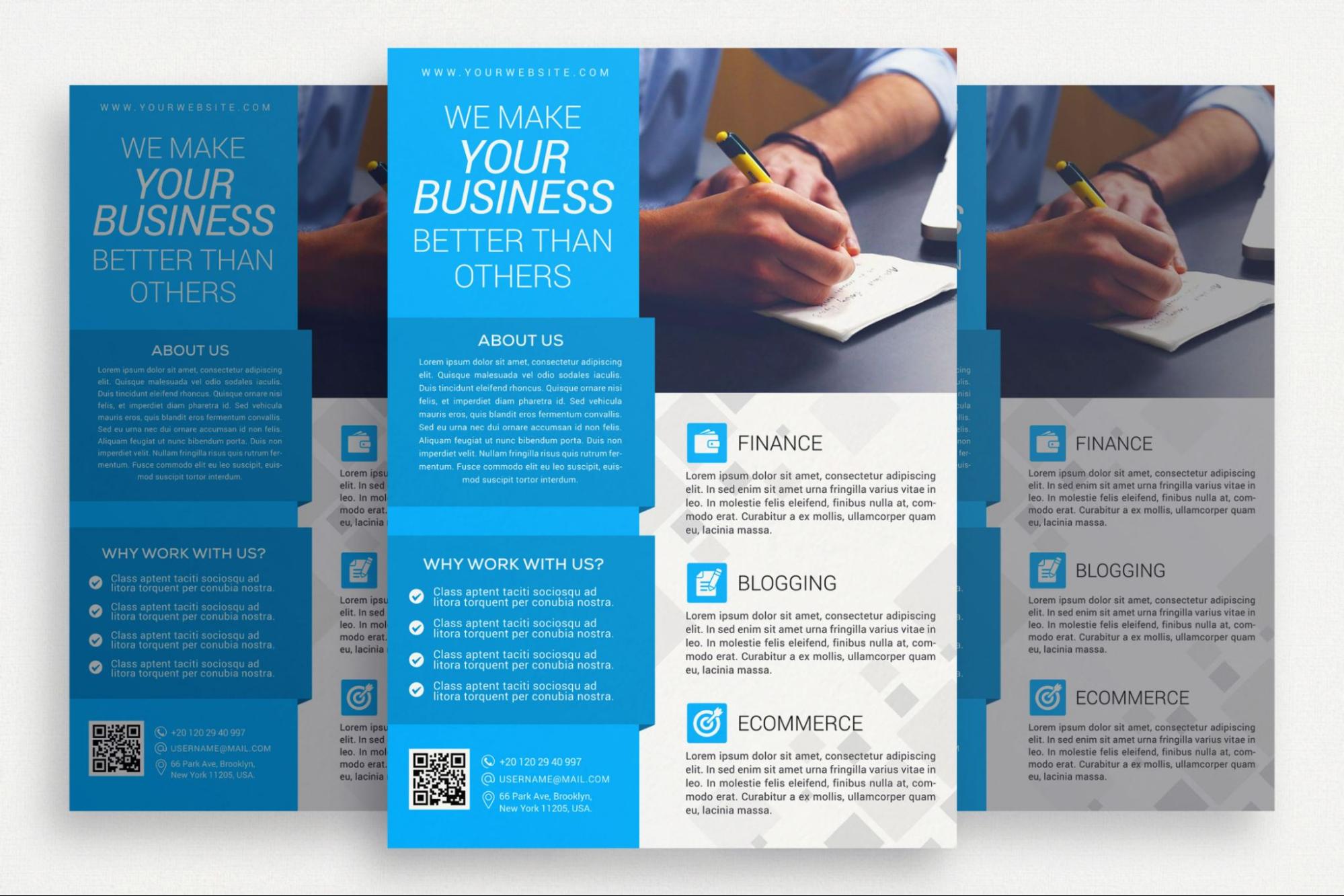
Most marketers choose self-mailers for promotions simply because they’re more cost-efficient. Self-mailers are self-contained mail pieces that require no envelope. These include your postcards, single-fold self-mailers, double-fold self-mailers, triple-fold self-mailers, and multiple-page booklets. Since these letters are printed and mailed as one piece, they’re often used in communications around the office or the home.
Self-mailers can be used in plenty of ways. For instance, due to their budget-friendly nature, single-fold self-mailers are ideal for lead generation or retail traffic-building applications. Businesses that offer countless products can opt for multi-page booklet formats, as well as conference mailings and seminars that require longer messages.
Letter Mailers
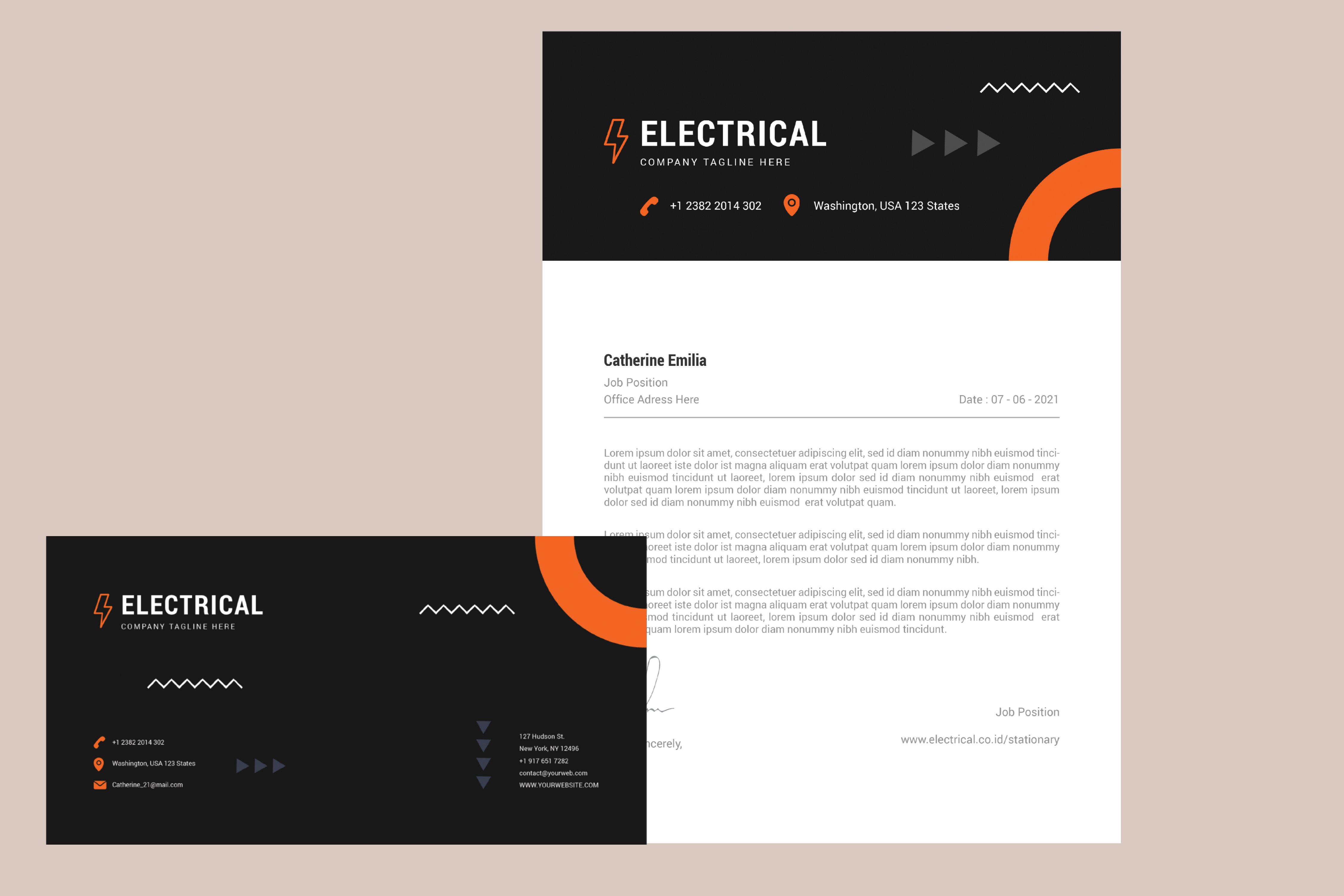
Letter mailers or letter packs (or simply letters) have the edge of looking like an important piece of correspondence since they are enclosed in an envelope. They’re considered to be less graphically impressive than self-mailers, which have the advantage of being seen immediately. However, letter mailers tend to have a much higher engagement rate since they’re more professional-looking, and traditionally, people love to open envelopes before reading their content.
Self-Mailers Vs Letters
While self-mailers are clearly the more budget-friendly option, any good marketer knows that letters have a much higher open rate. Yes, self-mailers are visible, direct, and readily noticeable, they are more associated with retail companies. If your business happens to deal with sensitive information that shouldn’t be displayed for the world to see. Besides, as mentioned earlier, people have a more emotional connection to letters, which allows a broader way to tell a message or simply relay much longer pieces of information.
Some standard direct mail envelope package sizes & dimensions:
- #6-1/4: 3-1/2 x 6”
- #6-3/4: 3-5/8 x 6-1/2”
- #7: 3-3/4 x 6-3/4”
- #7-3/4: 3-7/8 x 7-1/8”
- #8-5/8: 3-5/8 x 8-5/8″
- #9: 3-7/8 x 8-7/8”
- #10: 4-1/8 x 9-1/2”
- #11 4-1/2 x 10-3/8”
- #12: 4-3/4 x 11″
- #14: 5 x 11-1/2”
- A-6: 4-3/4 x 6-1/2”
- A-7: 5-1/4 x 7-1/4”
- A-8: 5-1/2 x 8-1/8”
- A-9: 5-3/4 x 8-3/4”
- A-10: 6 x 9-1/2”


Direct Mail Letter Inserts
Most obviously—a letter!
Business owners are often tempted to mail marketing material alone, however those materials are generally more well-received after the recipient reads a personalized letter warming them up to the value provided in the brochure. A letter also helps the recipient’s thought process flow more effortlessly, since the first question they are sure to ask themselves upon opening the envelope is “Who is this and why are they mailing to me?”
Brochure or flyer
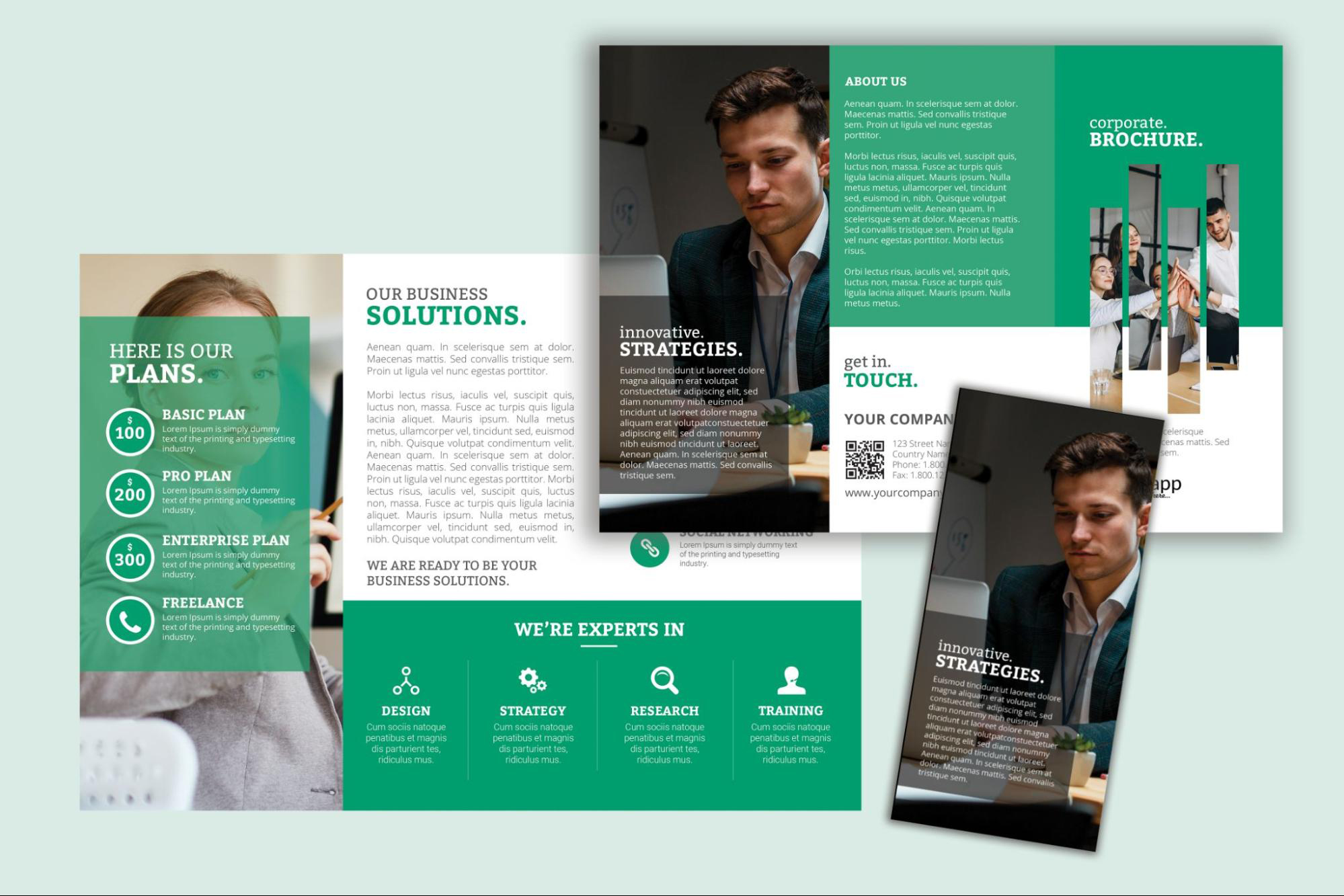
A brochure or flyer is often a good addition to a personalized letter as it allows for an expanded explanation of services. While the letter is intended to pique the interest of the recipient, a brochure gives more real estate for information and images.
Buck slip

A buck slip provides the mailer extra space to highlight their message. Depending on the purpose of the letter, the buck slip might emphasize the call-to-action, explain a specific product in more detail, or simply be an additional piece of branding tied in with the letter. They are generally more graphic heavy than the letter and smaller in size.
Reply envelope
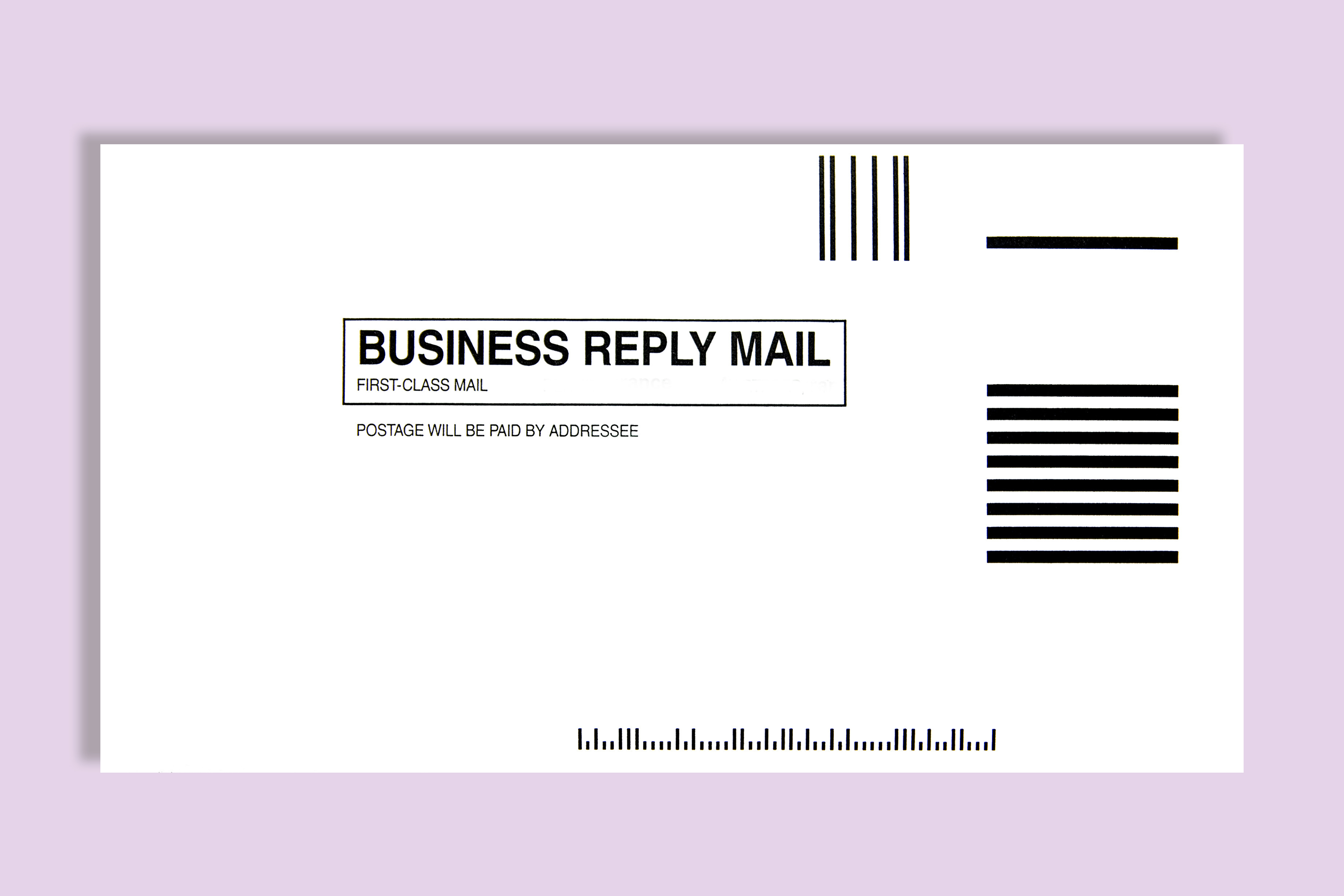
Often times the mailer will provide a means for the recipient to respond within the letter package by providing a reply envelope. A Business Reply Envelope, or what we call a BRE, covers the cost of postage for the recipient, so all they have to do is include their reply card (or in many cases, a check) and drop it in the mail. A Courtesy Reply Envelope (CRE) requires the recipient to front their own postage before dropping it in the mail, but at least saves them the time of getting their own envelope and addressing it properly.
Design Options
Larger Than Letter-Sized Envelopes
According to the Direct Marketing Association’s (DMA) 2013 Statistical Fact Book, larger than letter-sized envelopes are 6% more likely to be read and about 7% less likely to be discarded than a letter-sized envelope (Treatment of Standard Mail Piece by Shape report). Larger than letter-sized envelopes are non-machineable, and therefore qualify at a higher postage rate. In some industries, the gain from one response outweighs the additional postage costs.
Inclusion of a BRE or a CRE
Best practice is to provide as many channels for a person to respond without creating confusion, and inclusion of a BRE is just one of those channels. Simple enough, all the recipient has to do is complete the reply card provided and drop it in the envelope.
Teaser Text on Outer Envelope
By printing a personalized message on the outside of a letter, the recipient is given an idea of what waits for them inside. If chosen carefully, this text can increase the likelihood of the letter getting opened. This is where you put your most appealing messaging, using words like ‘free,’ ‘exclusive,’ ‘now’ and ‘valuable.’
Best Uses for Letter Packs
Fundraising Mail
Letters have always played a substantial role in fundraising because of their one-to-one, personal nature. Regular direct mail appeals are the main revenue driver for many non-profits. Beyond the personal feel, which is absolutely essential to effective fundraising, letters cut through the digital clutter by arriving right at your donor’s mailbox, and provide an easy way for them to send their donation.
B2B Prospecting
Similar to the non-profit sector, business-to-business dealings are all about building relationships. And as much as a coupon postcard sent from a grocery store improves your perception of a brand and makes you likely to shop with them, this impersonal approach doesn’t build a strong relationship from one person to another. However, if a business owner takes the time to sit down and craft you a personal letter, this is more apt to make a good impression and nurture the business relationship.
Disseminating Personal Information
For items such as financial statements, medical records, personal documents, or other sensitive information, it makes sense for a mailer to use an envelope where the information within is protected. Tinted envelopes add an extra layer of protection, prohibiting unapproved eyes from looking through an envelope at the information within.
Top Takeaways with Letter Packs
- Letters are arguably the most personal approach in direct mail. They are informative, personalized, and professional.
- By enclosing your letter in an envelope, you have the opportunity to include other supporting items with it—buck slips, brochures, reply envelopes, and more.
- Envelopes provide the most secure and private means of sending information through the mail.
- Since letters are a lot more formal, they help create a sense of trustworthiness and prestige, something high-end brands should seriously consider.
- Among all direct mail options, letters have the best ROI. While creating them is relatively more complex and expensive, they are worth the investment with guaranteed results.
FAQs
Q. How much does a letter pack cost?
A: Compu-Mail has developed a strong partnership with the United States Postal Service to ensure that all business mailings are delivered in a timely and efficient manner to minimize your investment and maximize your opportunities.
Q. How do you send an envelope package?
A: Sending an envelope package is simple enough. The first thing that you need to remember is to seal the envelope properly. Next, make sure to clearly write the recipient’s address in the middle of the envelope. You have to clearly write your own return address in the top left corner as well. In the top right corner of the envelope, attach appropriate postage. Finally, you can proceed to bring your envelope package to the post office, put it in a USPS mailbox, or give it to a mail carrier.
Q. What is buckslip size in direct mail?
A: A buckslip in direct mail typically refers to a small, individual piece of paper or card included with a mailing to provide additional information or promotional offers. The size of a buckslip can vary, but it is often smaller than the main mailing piece, such as a letter or brochure, and is commonly around 3.5” X 8.5” or smaller.
Finding the right format is about understanding your objective: If your objective requires taking a personal approach in your marketing messages, a letter is a prime means of connecting with your audience.
